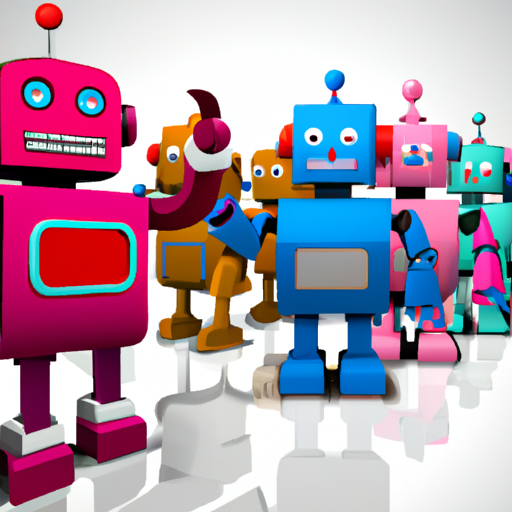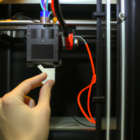In recent years, social robots have become a fascinating area of research and technology, revolutionizing the way we interact with machines. These robots are designed with the intent to engage and communicate with humans, making them an integral part of various sectors including healthcare, education, and entertainment.
What Are Social Robots?
Social robots are artificial intelligence (AI) powered machines that can perceive, understand, and respond to human emotions. Unlike traditional robots that are focused solely on task completion, social robots are able to engage in conversations, recognize faces, and react appropriately to social cues.
The Role of AI in Social Robots
The development of AI technology has been pivotal in enhancing the capabilities of social robots. Machine learning algorithms enable these robots to adapt their responses based on interactions, making them more effective communicators. Some widely recognized examples of social robots include:
- Pepper: Designed to read emotions and engage in conversations, often found in customer service settings.
- NAO: An interactive education robot, utilized in classrooms to assist with teaching.
- PARO: A therapeutic robot shaped like a baby seal, used in healthcare to provide comfort to patients.
Benefits of Social Robots
The incorporation of social robots into daily life offers numerous advantages:
- Improving Social Skills: Social robots are used in therapy to help individuals on the autism spectrum develop better communication and social skills.
- Emotional Support: In elder care settings, robots like PARO provide companionship and can significantly enhance mental health and well-being.
- Accessible Information: In public spaces, robots can assist individuals by providing information through interactive interfaces.
The Future of Social Robots
As technology continues to advance, the possibilities for social robots are limitless. With ongoing advancements in robotics and AI, we can expect:
- Increased Personalization: Future social robots are likely to provide more personalized experiences, learning from user interactions to tailor their responses.
- Broader Applications: The use of social robots will expand into more areas such as tourism, retail, and home assistance.
- Enhanced Emotional Intelligence: Advancements in sentiment analysis will enable robots to better understand and respond to human emotions.
Conclusion
In conclusion, social robots represent an exciting frontier in AI and robotics, offering transformative opportunities for enhancing human interaction. As these technologies evolve, their impact on society will continue to grow, encouraging a more seamless integration of robots into our daily lives.
Stay tuned to our blogs for more insights into the world of AI and robotics!
Related Keywords: future of robots, robotics innovation, AI development, social interaction technology




